QuestionMy six year old, who I've had for two years has begun bolting with me - a total change of character.He's always been green but he's got a lovely nature, and upto now has been very responsive and obidient. We had the vet out who found nothing, however, rasped off a few sharp hooks in his mouth. Then we had his tack checked - since he seems to have matured and changed shape, his saddle was considerably too small, possibly causing his change of behaviour.
We have now had a new, correctly fitting saddle. I've seen a real improvement in him, with steady schooling he seemed back to normal.
I took him up to the indoor sand school-he is very familiar with this arena and its' environment as has competed there on many occasions. He seemed very relaxed in the school, however, as I picked up the canter on the right rein, he began getting too fast, picking up more speed until it turned into an out of control bolt, totally ignoring my aids, just like he had previously. I can't think why he suddenly did this, as I was pleased we'd sorted it out, I am curious to why it's always on the same rein - the right, he finds canter this way harder. I can't think he's doing this purely out of naughtiness, as he wouldn't care what rein or direction he was?
Your advice would be very much appreciated,
Many thanks,
Joanna
AnswerWell, Joanna, since you have a partial solution already with the change in tack and teeth, I'm going to have to guess that those are no longer contributing to what's happened.
I would hazzard that he may still be responding from a learned process, reacting to a percieved pain process (real or imaginary) that may need to be - untrained. He may be responding, in fact, to your "tightening up" on him, just feeling your expectation that he will "bolt." I've seen some horses respond this way.
A horse only (totally) ignores aides for one of three reasons that I know of: Fear; Pain, or Obstinance. In the first two, you have to remove the source of fear or pain, either by tack changes or by removing the source of pain. In some cases of fear, it's a matter of changing routines so that the horse learns to ignore what he's afraid of - or learns that it's not something that he needs to be afraid of. My own horse was afraid of black round objects on the ground. I got him used to eating out of a black round rubber feed tub, and riding past it - and the fear (mostly) went away. Obstinance, however, can only really be corrected through training. And sometimes, that means professional training.
Here's some things to consider trying to determine the causes. If you're familiar with lunging horses, then see if this happens on a lunge line. If it continues, then it might be him (muscles, joints, etc), and not you. If he doesn't - then you might still just be the cause. I'm also very curious if this happens with an instructor riding - and I would ask that you try having someone more experienced (or someone you trust) try it while they ride him - and you watch. See if there's something "else" going on. Have some others watch too, or better yet, take a video camera and tape it. You'd be surprised what the trained eye can detect in a video tape of a riding session.
Also, some horses have a "favorite" side, similar to us being left or right handed. This is a balance issue where it requires extra training, in both musculature and correcting aides to help bring that balance along.
-IF- it's really a case of fear or training and not strength, I tend to keep the horses I have trained in a canter circle, only extending the circle into an oval as much as the horse maintains a quiet steady pace. The moment he speeds up without a cue - I'm back into that circle. I also work the circle as larger, and smaller diameters - even through a single "lap." I will "sprial in" and "spiral out," only as I feel comfortable. If he speeds up on straight lines, then it could still be balance or obstinance (taking advantge of the rider) - but these should give you a much better indicator of what's the real cause.
If there's something I've missed, let me know... but I am guessing that it's fear or something in the tack still lingering. But if it isn't, then the circle exercises should help.

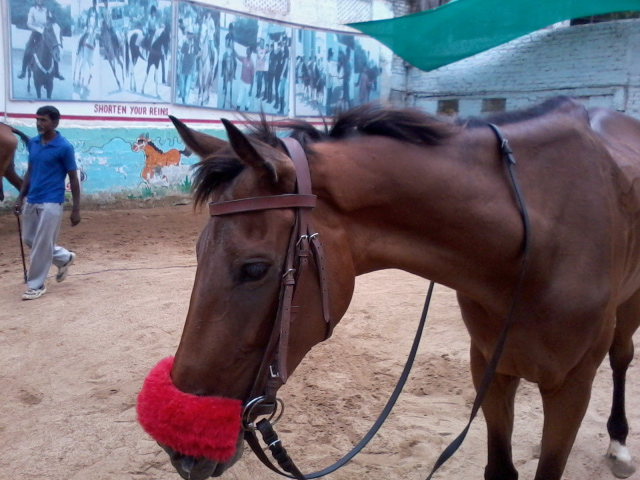 white foam in nostril
Question
foam white
hello Lyn. are you able to f
white foam in nostril
Question
foam white
hello Lyn. are you able to f
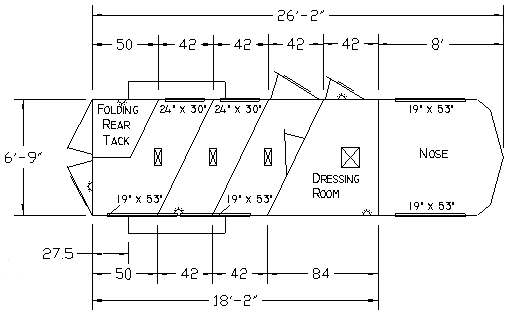 characteristics of a horse float
QuestionQUESTION: hello madam, can you please get me th
characteristics of a horse float
QuestionQUESTION: hello madam, can you please get me th
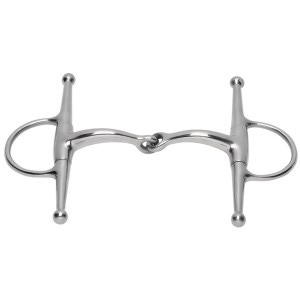 curved mouthpiece bits on racehorses
Question
curved mouthpiece
hello Lynne. I work i
curved mouthpiece bits on racehorses
Question
curved mouthpiece
hello Lynne. I work i
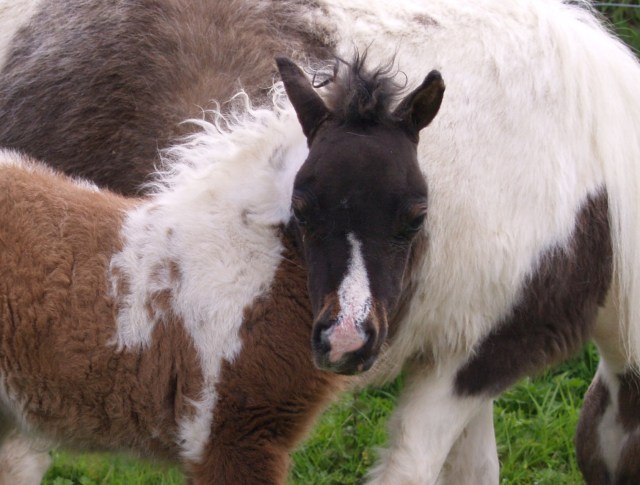 Facial nerve damage in a foal
QuestionAmerican Miniature Foa
QUESTION: Hello
I
Facial nerve damage in a foal
QuestionAmerican Miniature Foa
QUESTION: Hello
I
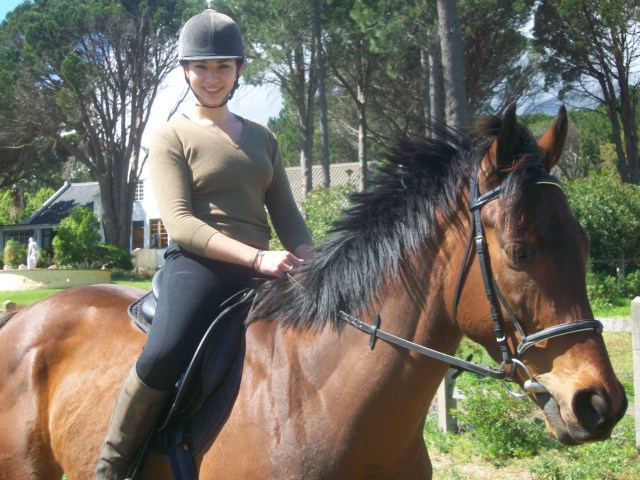 Bugs in my geldings mane.
Question
This is a recent pictu
Hi there
I live in Cap
Bugs in my geldings mane.
Question
This is a recent pictu
Hi there
I live in Cap